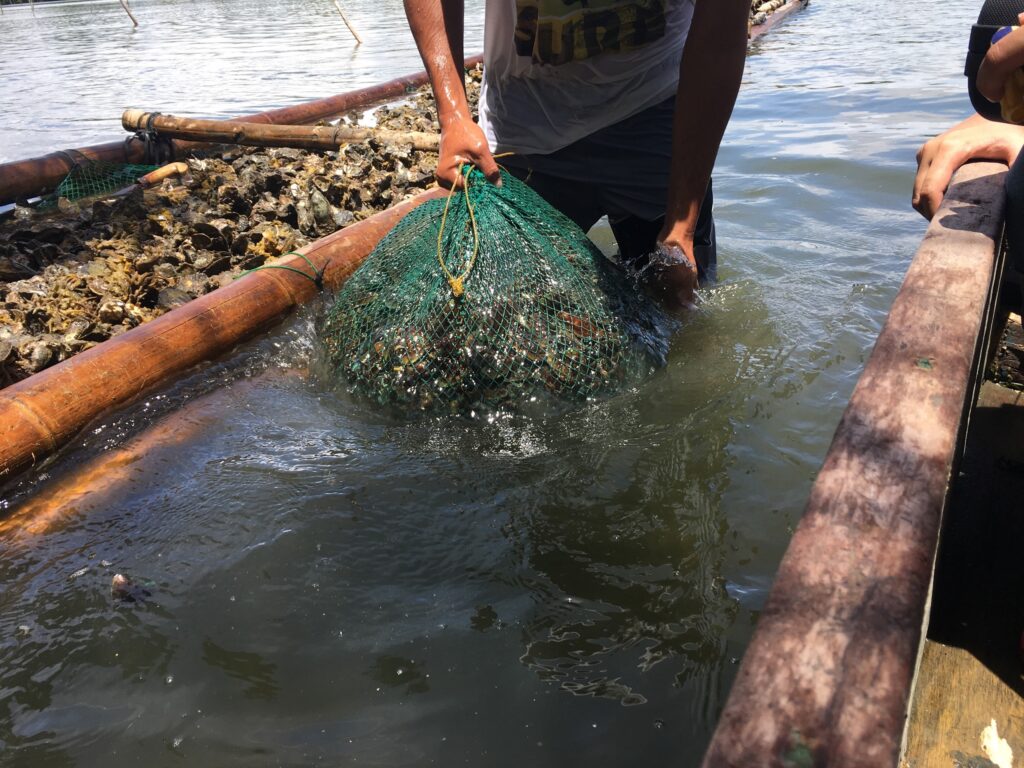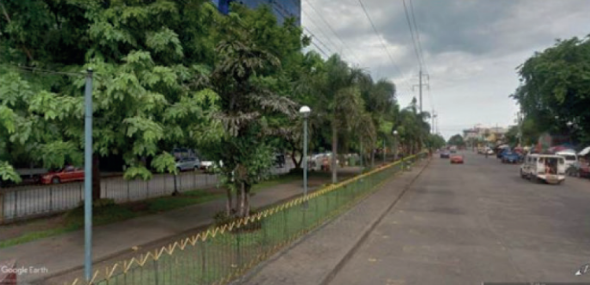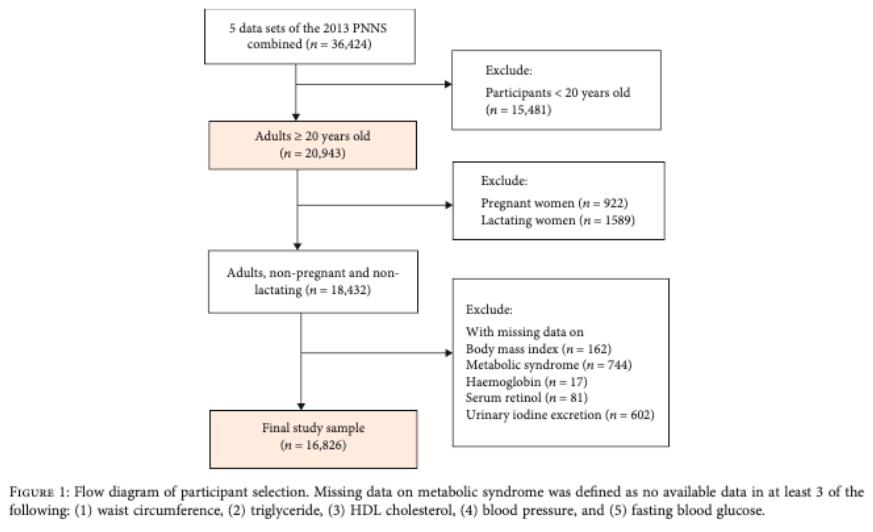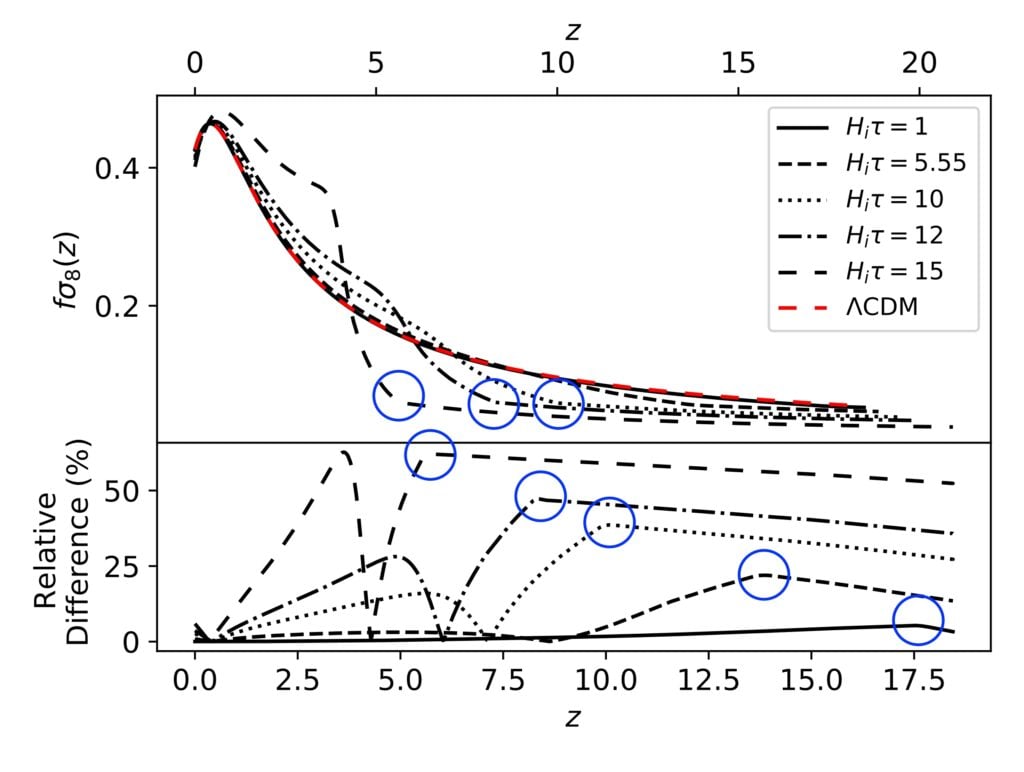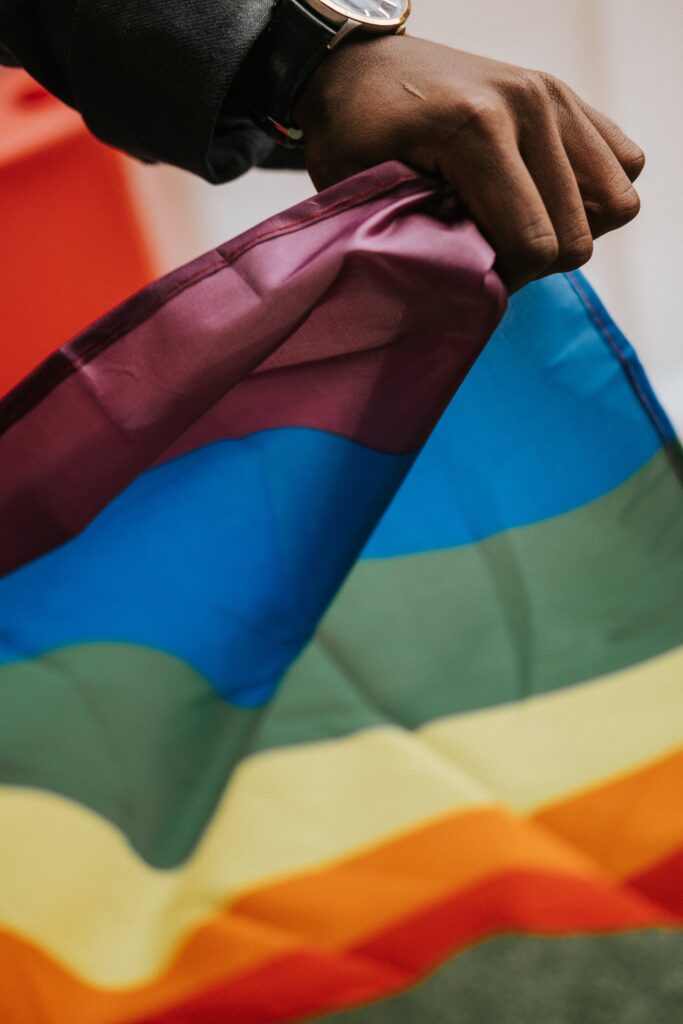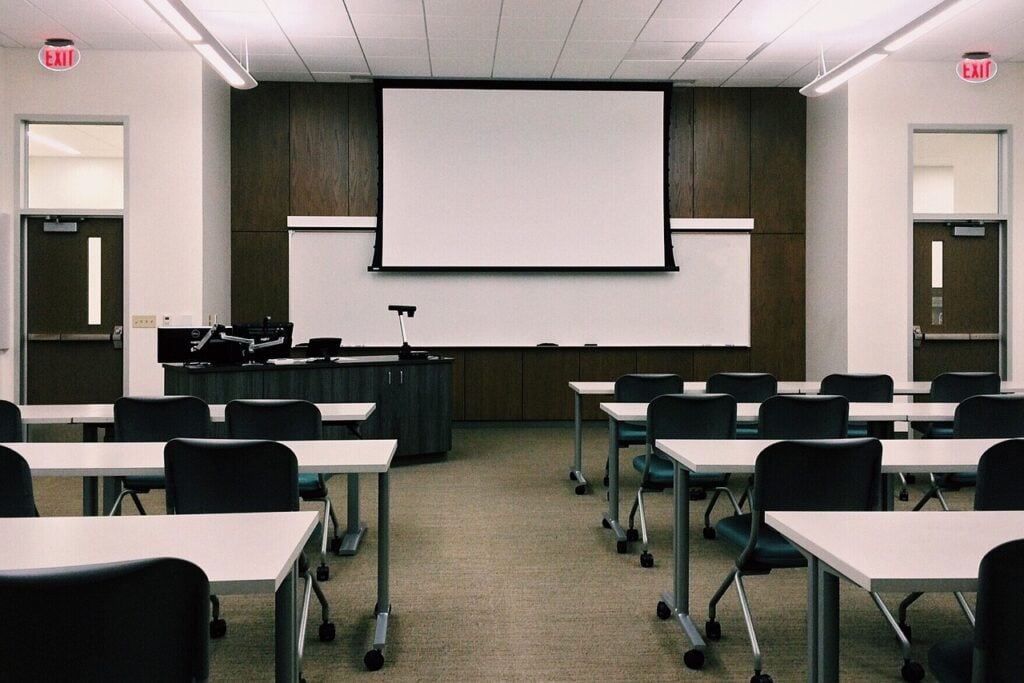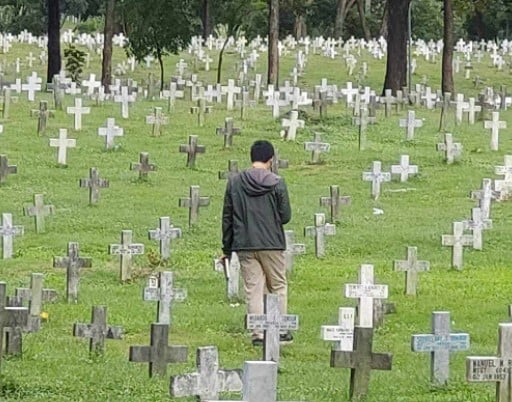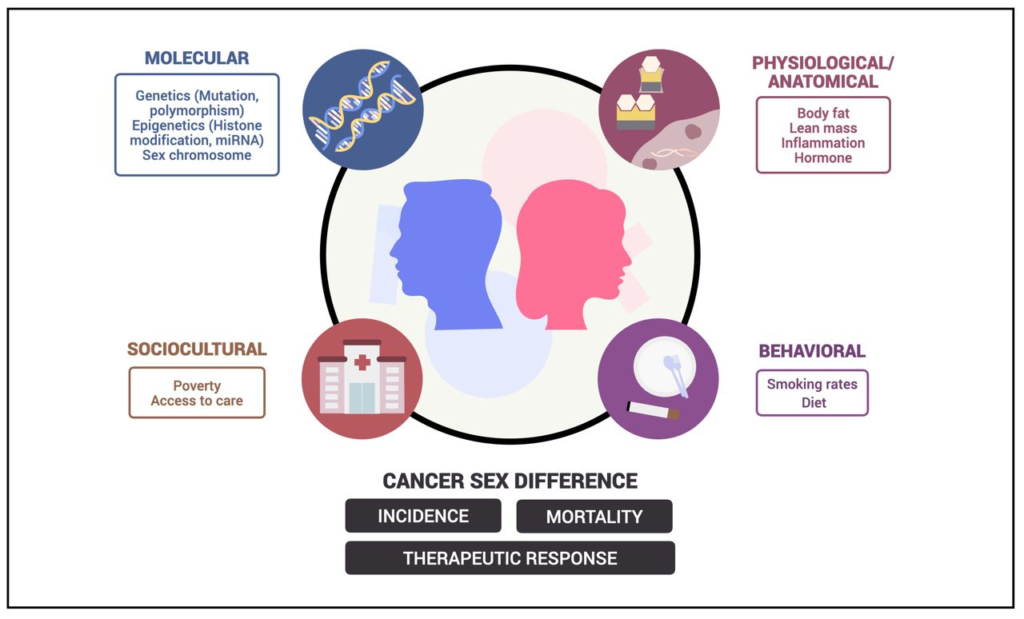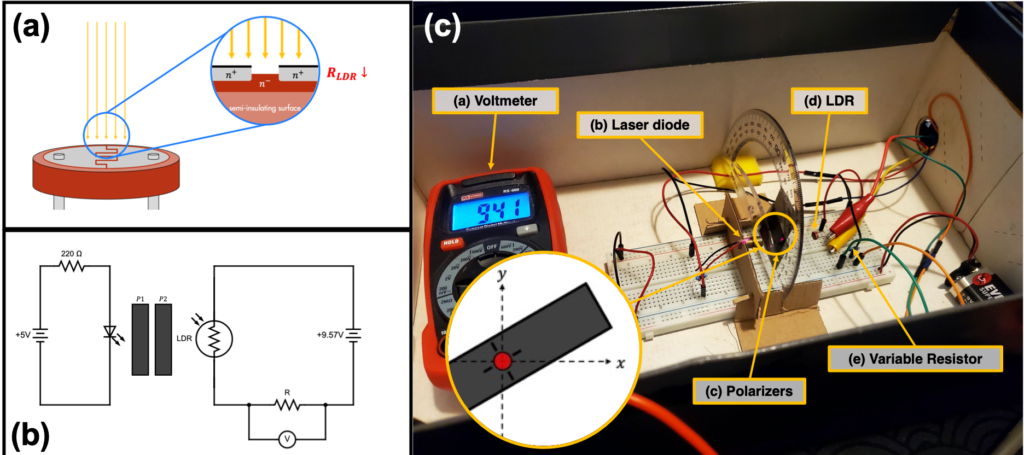Research
As the national university, we champion and support innovative research that addresses the country’s most pressing challenges.
13 Feb 2024
Oysters and mussels may contain high loads of bacteria by the time they reach consumers which makes them unsafe for raw consumption
Oysters and mussels are widely cultured shellfishes in the Philippines mostly intended for local consumption. After harvesting, they are transported...
Read More12 Feb 2024
Davao City’s dual thoroughfares have good landform, light and color, and vegetation, and are relatively peaceful according to quantitative study
This study sought to assess the visual quality of dual thoroughfare streetscapes in Davao City, specifically identifying existing visual components...
Read More08 Feb 2024
Vaccination significantly reduces the chances of getting long-COVID and, in some cases, improves existing long-COVID symptoms
The emergence of COVID-19 brought about a global health crisis of unprecedented proportions. As vaccination campaigns were rolled out, researchers...
Read More07 Feb 2024
Higher education, marriage and abstaining from smoking lower risk of undernutrition whereas being female increases likelihood of overnutrition
Malnutrition in multiple forms is a public health crisis in many countries. The different forms of malnutrition affects numerous countries...
Read More06 Feb 2024
Researchers modify the Friedmann equation and predict unique signs for the current era of the universe for the first time
Moments near the Big Bang, the universe underwent rapid and accelerated expansion called inflation. Any two objects that were 1...
Read More05 Feb 2024
Before intervening in SOGIE-based harassment, bystanders consider the type of harassment, risks to their safety and victim’s need for help
In the Philippines, there have been rising incidences of harassment directed at Filipinos who identify as lesbian, gay, bisexual, trans,...
Read More02 Feb 2024
Filipino students value competence the most in business leaders whereas Finnish students prefer friendliness
This article sets out to examine cultural differences in perceiving leaders’ visual and non-verbal behavior. It examines and compares how...
Read More01 Feb 2024
Embodying the Filipino “transpersonal worldview” can remind us of our relationship with nature and promote respect for it
In the indigenous Filipino belief, nature is filled with spirits. After we pass on, we return to nature, becoming anito....
Read More31 Jan 2024
The Libingan ng mga Bayani is a social space where epitaphs signal social relationships and realities
In this paper, I looked at the epitaphs found on grave markers in Libingan ng mga Bayani. I investigated how...
Read More30 Jan 2024
Review explores how genetic and social factors contribute to the development of gender-based cancer differences among Asians
Cancer is a leading cause of mortality and morbidity globally. Sex differences in cancer are evident in death rates and...
Read More29 Jan 2024
Researchers develop an ergonomic keyboard that eases typing in English, Tagalog and even Taglish
In the Philippines nowadays, English and Tagalog languages are alternately used for formal written communications; in a school setting, English...
Read More26 Jan 2024
Study introduces an easy physics experiment for students to do at home, providing learning opportunities with minimal teacher involvement
The COVID-19 pandemic posed a challenge for laboratory classes to keep students engaged amidst the limitations of a fully remote...
Read More
